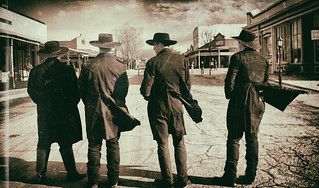
Hollywood, a dream factory built on the ephemeral glow of stardom, has long captivated the global imagination. Its dazzling facade often belies a deeper, more intricate reality where careers soar and plummet, and public personas frequently mask private turmoil. While some luminaries gracefully transition into retirement, others vanish abruptly, leaving behind a wake of speculation and unanswered questions that continue to intrigue historians and fans alike.
This landscape of fame and disappearance is not a modern phenomenon; it is woven into the very fabric of the industry’s history. From the silent era to the digital age, stars have stepped out of the spotlight for myriad reasons—some by choice, seeking solace or new paths, others by tragic circumstance, their stories dissolving into mystery. This in-depth examination delves into the compelling narratives of individuals whose exits from public life were anything but ordinary, beginning with a figure whose tumultuous life and enigmatic end embody the dark allure of the forgotten femme fatale: Deannie Best.
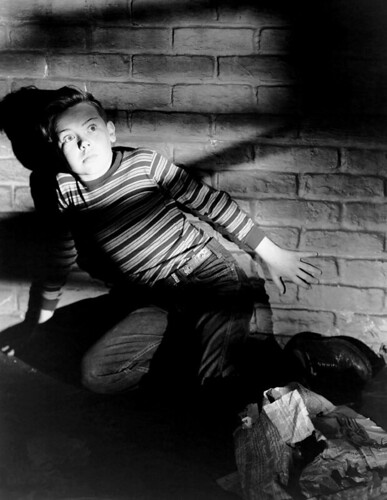
1. **Bobby Driscoll: The Voice of Peter Pan Lost to Obscurity**: Bobby Driscoll, a child actor whose angelic face and captivating performances graced some of Disney’s most iconic films of the 1940s and 1950s, embodied the promise of Hollywood’s golden age. Starring in beloved classics such as *Song of the South* (1946) and *Treasure Island* (1950), he was perhaps most famously recognized as the original voice of Peter Pan in the 1953 animated feature. Yet, beneath the veneer of this early success, Driscoll’s life took a tragic turn, spiraling into a devastating decline that saw him vanish from the public eye.
As he transitioned from child stardom to adolescence, Driscoll’s career faced insurmountable challenges, a common plight for many young actors whose charm failed to translate to adult roles. His professional life took a nosedive, leading to a period of severe personal hardship. The immense pressure and rapid changes in his life contributed to a growing addiction to narcotics, a struggle that would ultimately consume him. This addiction not only curtailed his acting opportunities but also led to legal troubles, including a prison sentence for drug use, further isolating him from the industry and his family.
His addiction had profound consequences, preventing him from seeing his three children with his wife, Marilyn Jean Rush, a heartbreaking separation that underscored his personal desolation. By the late 1960s, Driscoll found himself homeless, a stark contrast to the pampered existence of a child star. His life ended tragically on March 30, 1968, when his body was discovered in an abandoned building in the East Village of Manhattan, a somber and anonymous end for a once-celebrated figure. He was buried in an unmarked grave, a poignant symbol of his descent into obscurity.
Driscoll’s story is a harrowing testament to the unforgiving nature of the entertainment industry and the profound personal costs of early fame. The contrast between his iconic roles as a symbol of childhood wonder and his lonely, drug-ravaged end highlights the severe vulnerabilities that can accompany life in the spotlight. His tragic trajectory, from Disney darling to an unmarked grave, remains one of Hollywood’s most poignant and often overlooked cautionary tales, emphasizing the silent disappearances that unfold behind the curtain of celebrity.

2. **Richey Edwards: The Mysterious Disappearance of a Rock Lyricist**: The mid-1990s witnessed the unsettling disappearance of Richey Edwards, the guitarist and enigmatic lyricist for the Welsh rock band Manic Street Preachers. Edwards was a figure of profound intellectual depth and emotional fragility, publicly grappling with severe depression, self-mutilation, and anorexia, issues that deeply informed the band’s introspective and often stark lyrical content. His struggles were well-documented, lending a raw authenticity to his artistic contributions, yet also signaling an underlying vulnerability that worried those around him.
In February 1995, just as the Manic Street Preachers were on the cusp of a significant tour in the United States, Edwards vanished. This abrupt departure sent shockwaves through the music world, triggering immediate and widespread concern. Initially, some close to him speculated that it might be another of his dramatic, attention-grabbing stunts, a manifestation of his complex public persona. However, as days turned into weeks and then months, the grim reality set in: Richey Edwards never returned, leaving a void in the band and an enduring mystery for his fans and family.
The last confirmed sighting of his car provided a chilling clue: it was found parked by the Severn Bridge, a prominent landmark connecting England and Wales, notoriously known as a location for suicides. This discovery fueled fears of a self-inflicted end, yet no body was ever recovered. Despite exhaustive searches and persistent efforts to locate him, Edwards remained unfound. In 2008, after years of agonizing uncertainty, he was legally declared dead, a legal closure that offered little emotional solace to those who continued to hope for his return.
Edwards’ disappearance resonates as one of the most poignant enigmas in modern music history, a case that has inspired countless theories, songs, and books. It highlights the profound pressures faced by artists, particularly those who channel their personal torment into their craft. His story is a powerful, yet tragic, reminder of the fine line between artistic expression and profound personal suffering, and the lasting impact when a talent simply fades into the unknown, leaving behind a legacy of haunting lyrics and an unresolved mystery.

3. **Connie Converse: The Singer-Songwriter Who Sought a New Life**: In the vibrant cultural landscape of 1950s New York City, Connie Converse was a singer-songwriter far ahead of her time. Her distinctive style, a blend of folk and introspection, struggled to find an audience in a music scene not yet ready for her singular voice. Despite her efforts to establish a name for herself, commercial success eluded her, leading to a profound sense of artistic isolation and disappointment. Eventually, she made the difficult decision to leave New York, relocating to Ann Arbor, Michigan, in search of a different path and purpose.
In Michigan, Converse pivoted to a career as a writer and editor for the University of Michigan’s *Journal of Conflict Resolution*, a move that reflected her intellectual curiosity and desire for meaningful work outside the performing arts. However, this period of relative stability was short-lived. When the publication moved its operations to Yale, Converse found herself unemployed, a setback that exacerbated her already existing struggles with depression. By 1973, her emotional state had deteriorated significantly, painting a picture of a woman increasingly burdened by life’s disappointments.
The following year, in 1974, Converse made a decision that would cement her place in history as one of music’s most enigmatic disappearances. She penned a series of letters to her family and friends, articulating her desire to embark on a completely new life, to start afresh somewhere else, free from the constraints and failures of her past. After dispatching these final communications, Connie Converse was never seen or heard from again, effectively vanishing without a trace and leaving behind a legacy of unheard melodies and a profound mystery.
Remarkably, several decades later, in 2009, some of her early recordings were finally released, posthumously finding the audience that had eluded her in life. Her music, characterized by its emotional depth and lyrical sophistication, began to captivate listeners, sparking renewed interest in her story. Fans and musicians, notably author and musician Howard Fishman, who published her biography *To Anyone Who Ever Asks: The Life, Music, and Mystery of Connie Converse* in 2023, have since championed her work, ensuring that the unique artistry of this vanished singer-songwriter continues to resonate, even as the mystery of her ultimate fate persists.
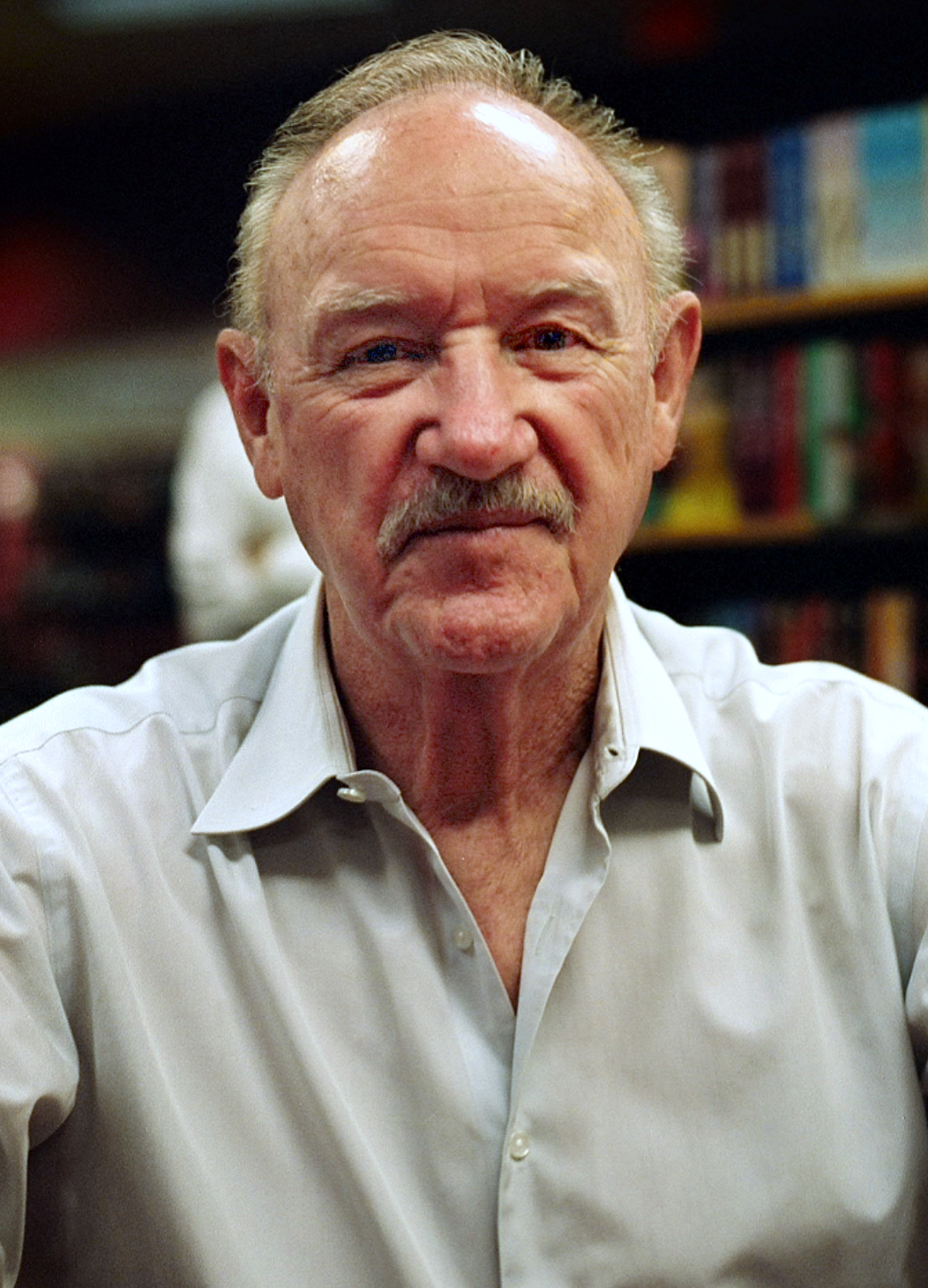
4. **Gene Hackman: The Oscar Winner’s Quiet Retirement**: Gene Hackman, a titan of American cinema whose career spanned an impressive six decades, cultivated a legacy defined by his commanding presence and versatile performances. He garnered critical acclaim and two Academy Awards for his unforgettable roles in seminal films such as *The French Connection* (1971) and Clint Eastwood’s *Unforgiven* (1992), cementing his status among Hollywood’s elite. Hackman frequently shared the screen with an astonishing roster of industry legends, from Al Pacino to Leonardo DiCaprio, showcasing a remarkable ability to hold his own.
Despite such a prolific and celebrated career, Hackman made a definitive decision to step away from the limelight, a move that surprised many fans but aligned with his private nature. His final cinematic appearance was in the 2004 film *Welcome To Mooseport*, after which he abruptly called it quits, signaling an end to his illustrious acting journey. This departure was not merely a break but a profound shift, as he chose to embrace a new creative endeavor: writing novels.
Hackman’s retirement, while seemingly sudden, was rooted, at least in part, in compelling health considerations. In 2020, he openly discussed the impetus behind his decision, revealing that a stress test he underwent in New York served as a crucial turning point. The medical advice he received was unequivocal: his heart was not in a condition to withstand the rigors and pressures inherent in a demanding acting career. This candid disclosure demonstrated a deliberate choice to prioritize well-being.
Since his retirement, Hackman has maintained a remarkably low profile, largely shunning the public eye that once so avidly followed him. His appearances have become exceedingly rare, underscoring his commitment to a quieter existence. He made a notable, albeit brief, public outing with his wife, reinforcing his chosen path of seclusion, a testament to a star who consciously opted for a life beyond the constant gaze of celebrity.
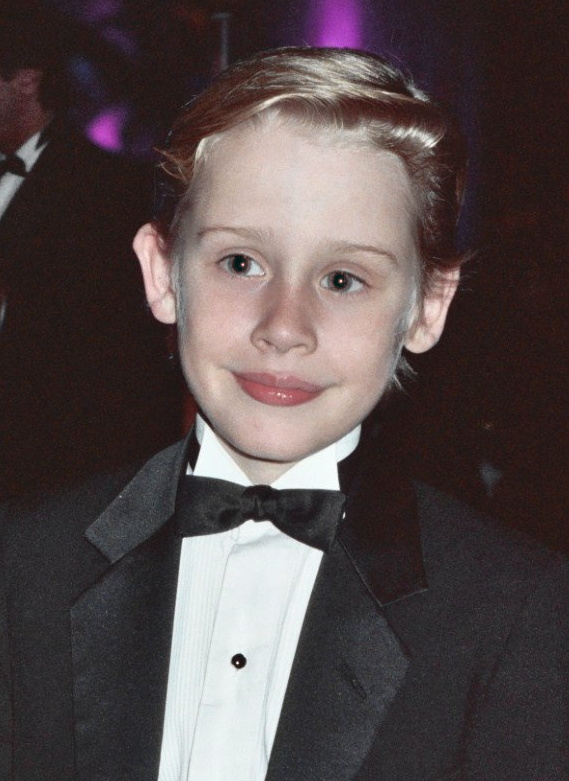
5. **Macaulay Culkin: The Child Star’s Turbulent Retreat**: Macaulay Culkin emerged as one of the most successful child stars of all time, his angelic face becoming synonymous with the beloved *Home Alone* films, which captivated audiences globally. Yet, the immense pressures accompanying such early and overwhelming fame took a significant toll, leading to a period of profound struggle and a retreat from the public eye during the early 2000s. His seemingly idyllic public persona masked a deeply turbulent private life, marked by both family strife and personal challenges.
Culkin’s home life was reportedly fraught with difficulties, culminating in his parents’ separation during his teenage years. He has openly spoken about his father, alleging physical and mental abuse, which added to the complexities of his childhood. The weight of these struggles was compounded by tragic losses within his family; his half-sister died of a drug overdose in 2000, and his older sister was tragically killed by a car in 2008. These heartbreaking events contributed to a period of intense vulnerability.
In 2012, Culkin became the subject of widespread media speculation after photographs emerged depicting him looking frail and clutching an energy drink, igniting rumors of severe drug addiction. While he later addressed these speculations, denying specific claims such as “pounding six grand of heroin a month,” he candidly acknowledged his relationship with recreational drugs. In a 2021 interview, he remarked, “I do love them. They’re like old friends. But sometimes you outgrow your friends,” offering a glimpse into his past struggles.
Though his personal battles led to a period of relative obscurity, Culkin has, in recent years, successfully re-emerged into the public eye, demonstrating resilience and a renewed engagement with his career. Last year, he received a well-deserved star on the Hollywood Walk of Fame, a significant moment that not only celebrated his enduring contributions to entertainment but also symbolized his journey through adversity and his return to a more stable chapter of his life.
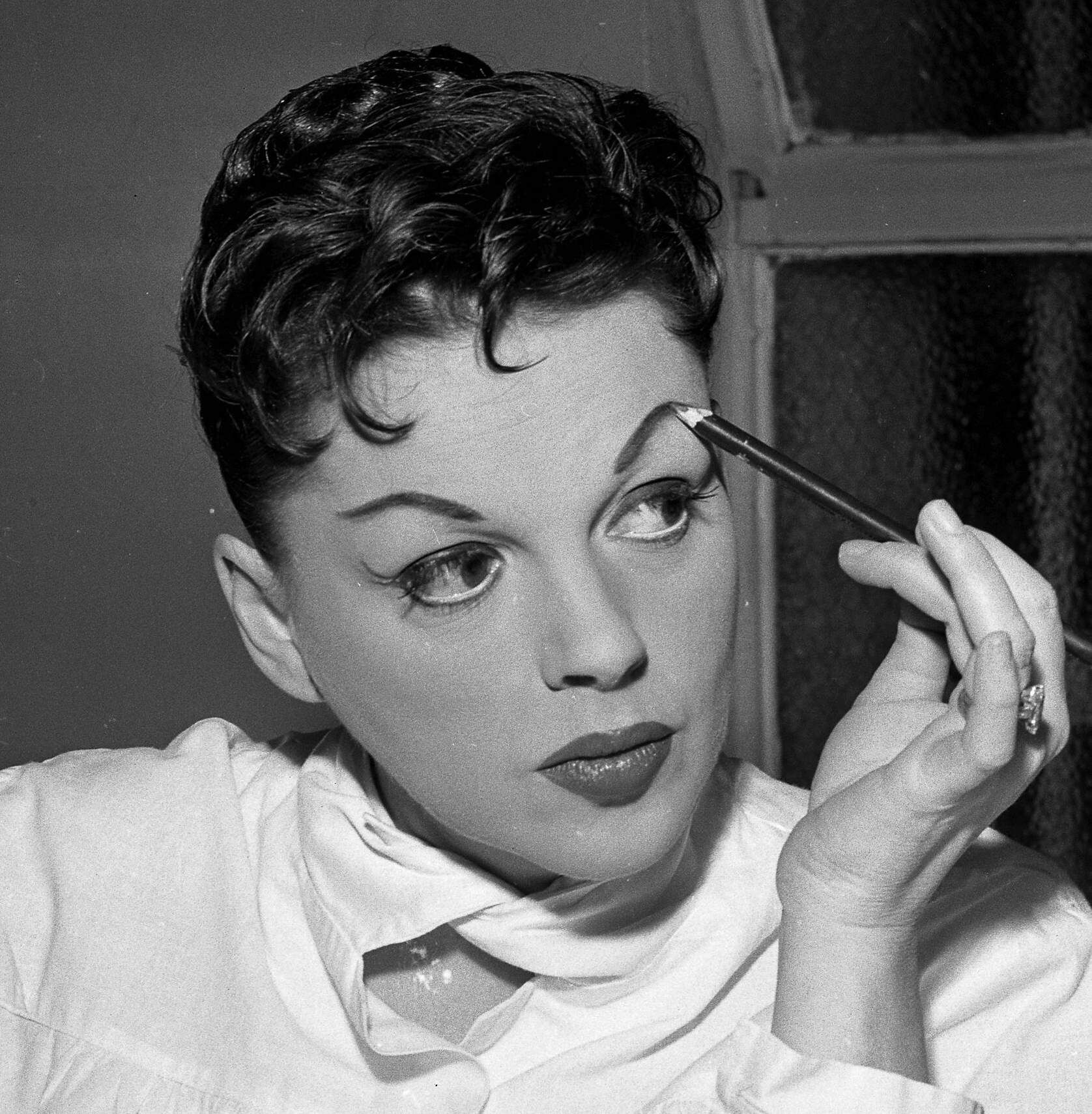
6. **Judy Garland: The Tragic Descent of an Icon**: Judy Garland, a cinematic legend, began her ascent to stardom at the tender age of 16, forever etching herself into cultural memory as Dorothy Gale in *The Wizard of Oz*. This iconic role launched her into the stratosphere of celebrity, establishing her as one of the most luminous figures in the entertainment industry. However, behind the glittering facade of her success lay a dark and relentless struggle, as she was tragically introduced to pills from an early age, setting the stage for a life plagued by addiction and profound personal turmoil.
Garland’s life was a continuous battle against formidable inner demons, including a documented history of depression and alcoholism, leading to multiple suicide attempts. The immense pressures of her career, coupled with her ongoing struggles, culminated in a nervous breakdown shortly after the birth of her daughter. This necessitated a month-long hospitalization and treatment at two clinics before she could even contemplate a return to work. Despite her valiant efforts, her health and personal issues increasingly interfered.
Her career suffered significant setbacks as MGM, the studio that had once propelled her to fame, began systematically removing her from films. This culminated in the devastating termination of her contract, marking a dramatic plummet from the peak of her stardom. Stripped of her studio support, Garland found herself facing dire financial straits, addicted to drugs, and virtually homeless, resorting to singing in clubs for a meager $100 a night. She accrued a staggering $4 million debt to the IRS.
Tragically, Judy Garland’s life ended at just 47 years old, succumbing to an accidental barbiturate overdose, a somber capstone to a life marked by both extraordinary talent and devastating hardship. Her manager, Stevie Phillips, recounted the grim reality of Garland’s final years, stating that “it took drugs to get her back to a level place where you could have a conversation with her.” Though she died penniless, her daughter Liza Minnelli, with the help of Frank Sinatra, courageously settled her mother’s extensive debts.

7. **Corey Haim: The Lost Boy’s Tragic Fall**: Corey Haim captivated audiences as a teen superstar, particularly with his role in *The Lost Boys*, establishing him as a prominent figure in 1980s youth cinema. However, the transient nature of child stardom and the personal vulnerabilities it often exposed contributed to a life tragically marred by drug addiction and profound financial distress. His journey from teen idol to obscurity serves as a stark reminder of the often-unforgiving trajectory many young actors face after their initial burst of fame.
Haim struggled significantly with the trauma and pressures that accompanied his early years in the spotlight. By the age of 18, he had already entered rehab to confront a burgeoning crack cocaine addiction, a struggle that would tragically define much of his adult life. The professional consequences of his addiction were severe; he faced a lawsuit from Lloyd’s of London for $375,000, stemming from his failure to disclose his drug issues on an insurance form, highlighting the devastating impact on his career.
Compounding his health and legal troubles, Haim’s financial situation deteriorated precipitously. He reportedly owed $100,000 to the IRS and declared bankruptcy in 1997, citing as little as $100 in cash, a modest $31,000 in a pension fund, and royalty rights amounting to $7,500. This stark reality painted a grim picture of a once-celebrated star grappling with the profound consequences of a career that had effectively dried up.
Corey Haim’s life ended tragically young, at 38, in 2010, due to pneumonia. His passing was made even more poignant by his family’s subsequent appeal to fans for assistance in covering his funeral costs, a heartbreaking testament to his descent from celebrity to a state of profound financial destitution. His story remains a powerful, if somber, narrative within Hollywood’s history, illustrating how quickly the glitter of fame can fade.

8. **Jennette McCurdy: A Child Star’s Intentional Departure**: Jennette McCurdy, a familiar face from Nickelodeon’s hit series *iCarly*, charmed audiences with her comedic timing and relatable portrayals in popular shows like *Zoey 101* and *Victorious*. Her talent for comedy and her ability to connect with young viewers made her an adored figure among children. However, after her tenure with Nickelodeon concluded, McCurdy made a deliberate and significant choice to step away from acting, charting a new course for her creative life.
Rather than continuing in the acting profession, McCurdy consciously shifted her focus to writing and directing, demonstrating a clear intention to explore different facets of artistic expression. This pivot was not merely a career change but a reflection of a deeper personal journey. In 2022, she published a critically acclaimed and best-selling memoir titled *I’m Glad My Mom Died*, a raw and honest account that shed light on her experiences as a child actor.
Within the pages of her memoir, McCurdy courageously detailed the abusive behavior of her late mother, offering a poignant and often unsettling look into the hidden struggles behind her public smile. Her book provided invaluable context for her decision to leave acting, revealing how intrinsically linked her career had been to her mother’s aspirations and control. This narrative underscored that her departure from the screen was a purposeful act of self-reclamation.
McCurdy’s transition from beloved child star to acclaimed author and director exemplifies a star who, rather than fading involuntarily, deliberately reshaped her public identity and professional path. Her story is a compelling illustration of how personal liberation and creative fulfillment can lead a prominent figure to intentionally disappear from one form of public visibility to passionately pursue another.
These narratives, collectively paint a vivid, intricate tapestry of Hollywood’s hidden histories. They reveal that beneath the industry’s glittering facade, fame is a double-edged sword, often leading to personal turmoil, deliberate self-seclusion, or tragic, unforeseen exits. Each story is a standalone enigma, yet together they underscore a universal truth: the spotlight, however dazzling, rarely illuminates the full complexity of a star’s journey, leaving behind a legacy punctuated by the quiet, often heartbreaking, echoes of those who simply vanished or chose to step away. The allure of these untold stories ensures that the mystery of Hollywood’s fading stars will continue to captivate and compel us for generations to come.

